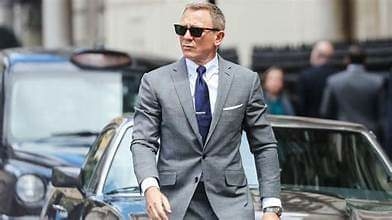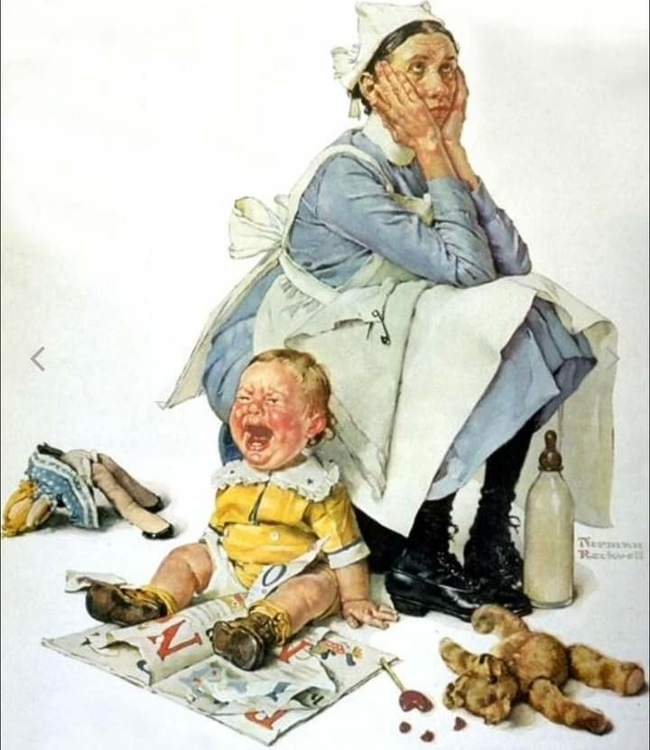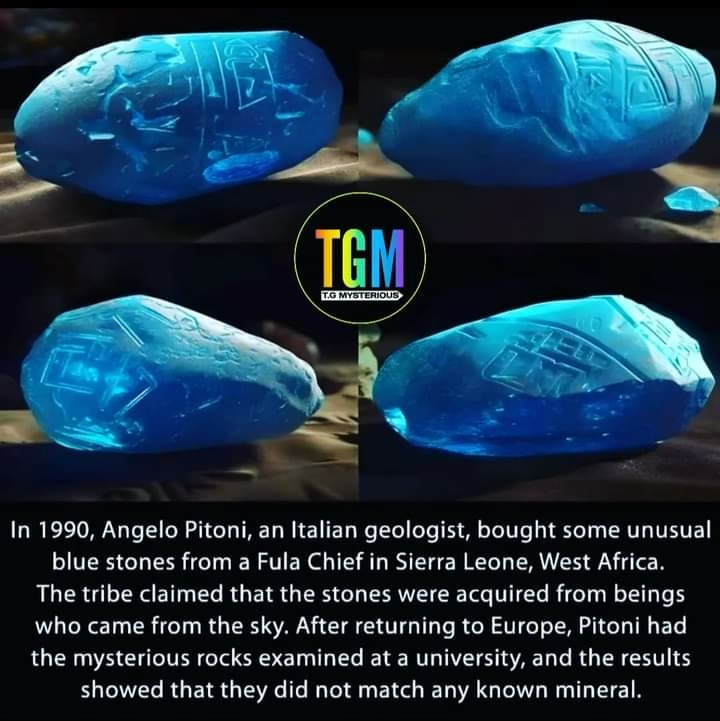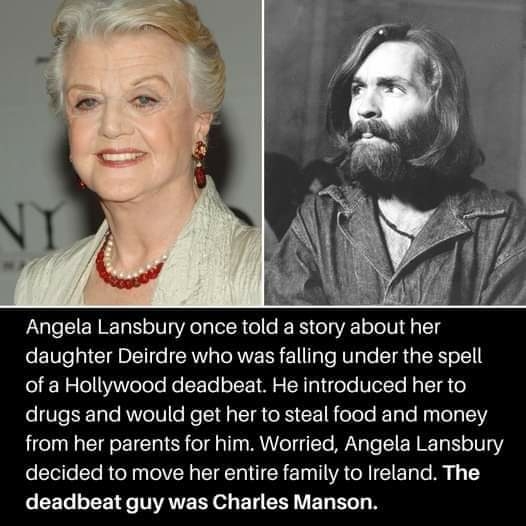-
Posts
115,474 -
Joined
-
Last visited
-
Days Won
587
Content Type
Profiles
Forums
Events
Everything posted by RETIREDFAN1
-
If you haven't seen "No Time to Die" (2021), wish Daniel Craig a "Happy Birthday" and move on. This film is Craig's fifth and final appearance as James Bond, and is also Craig's 15th year in tenure as James Bond since his first in "Casino Royale" (2006). By tenure, this makes Craig the longest running actor playing James Bond in the official series. Sean Connery's tenure is the longest if one counts the period between "Dr. No" (1962) and the unofficial "Never Say Never Again" (1983), albeit with breaks, totaling a 21 year time-span. Craig became the third ranked actor to have played the character the most times in the official movies, after first ranked Roger Moore, who made seven official Bond films, and second ranked Connery, who appeared in six official Bond movies. Down the tally order would be Pierce Brosnan with four, Timothy Dalton with two, and George Lazenby with one. At 53 years old at the time of release, Craig became the second oldest actor to play James Bond in the official film series. Moore was 57 when his final Bond movie in the official series "A View to a Kill" (1985) was made and first released. In comparison, when Connery made "Never Say Never Again," he was 52 years when it was filmed and 53 when it was first released. David Niven was aged 57 years when he played James Bond in the unofficial Bond spoof movie "Casino Royale" (1967). Last chance to bail if you want to avoid spoliers... no? OK... "No Time to Die" is the first Eon-produced film in which Bond actually dies. Craig first proposed killing Bond in 2006, after the premiere of "Casino Royale," saying, "It's the only way I could see for myself to end it all and to make it like that was my tenure, someone else could come and take over ... When he [Craig's Bond] goes, he can't come back." Producer Michael G. Wilson said it was "the fitting way to deal with a situation where a person is risking their life all the time. Eventually, the odds catch up with you." The production team considered several ways for Bond to die, including being shot by an anonymous shooter. However, director Cari Joji Fukunaga said that a "conventional weapons death" felt inappropriate considering that Bond had been able to "escape from everything else." Craig said the team tried to create a sense of tragedy and weight by using the lead villain's bioweapon, which killed "the only thing that Bond wants in life ... to be with the people he loves."
-
-
-

Interesting Baseball Memes and Trivia......
RETIREDFAN1 replied to RETIREDFAN1's topic in Major League Baseball
-
-
You obviously don't understand uniparty if you still see this as left vs. right or Republican vs. Dimnuts.......it's establishment vs. the people.....
-

TRUMP 2024: PUTTING AMERICA AND AMERICANS FIRST
RETIREDFAN1 replied to RETIREDFAN1's topic in Political Arena
-
Vol.XX No.XI Pg.8 January 1984 Stuff About Things Robert F. Turner The voice on the phone stirred happy memories, for it belonged to the man's son, long gone from home, having family and home of his own. The familiar "Dad, how's Mom?" warmed his heart. His son wanted to have Christmas in his own home with his family. They would go to Colorado to ski, and would not make it for the holiday dinner, but would come as soon as they returned from the mountains. Dad understood, and wanted his son to establish his own close family circle. Then conversation turned to business. Dad planned to buy an expensive computer, and the company for whom the son worked had all sorts of software for word processing — spelling checks, grammatics, data processing, the works. A fellow employee had suggested he buy a couple of diskettes and copy the software programs. He could send his dad $600 worth of programs for practically nothing. Dad felt a moment of elation at the suggestion. Free software would allow him to buy the letter-quality printer without straining his budget. But — his mind spun — is that material really ours to copy — is it —? The son was saying, "I've thought it over dad; I've thought about it a lot. I know this would mean much to you, and take nothing material from the company. But I know the answer — this is not the right thing to do." Before dad had expressed his doubt or offered objection, the son had gone to the heart of the matter. Both men knew that copyrighted material was only the property of the company to use, and certainly not the property of an employee, to copy and pass to others. Many excuses for wrong could not change the principle of right. But it was not until the next day, when dad told a friend some of the conversation, that the full impact of the son's decision became apparent. The friend was amazed that software could cost so much, and upon learning this "opportunity" had been rejected, practically exploded. "Six hundred dollars worth of software — man, what a Christmas present that would make." Stealing company property to honor Christ? That's a switch! And dad replied, "He gave me pride in his character, worth far more than all gold."
-

TRUMP 2024: PUTTING AMERICA AND AMERICANS FIRST
RETIREDFAN1 replied to RETIREDFAN1's topic in Political Arena
-
-
-

TRUMP 2024: PUTTING AMERICA AND AMERICANS FIRST
RETIREDFAN1 replied to RETIREDFAN1's topic in Political Arena
-
How did Katharine Hepburn and John Wayne get along on the set of "Rooster Cogburn"? "Rooster Cogburn," the cinematic rendezvous where Hollywood royalty Katharine Hepburn and John Wayne, two titans of the silver screen, came together in a meeting that was as memorable as their legendary careers. Imagine this: The Duke, an emblem of rugged American masculinity, and Hepburn, the epitome of fiery, independent womanhood, both with personalities as formidable off-screen as their characters were on it. The stage was set for a clash of the titans, or so you'd think. But, oh, how wonderfully wrong that assumption would be. On the set of "Rooster Cogburn," Hepburn and Wayne found themselves in a mutual admiration society from the get-go. Hepburn, with her sharp wit and no-nonsense demeanor, was not one to suffer fools gladly, and Wayne, with his laid-back charm and larger-than-life presence, could have been an easy target for her famed barbs. Yet, what transpired was a deep, respectful friendship that defied Hollywood norms. Their camaraderie was rooted in professionalism, a shared dedication to their craft, and, perhaps, a recognition in each other of that same unyielding spirit that had propelled them both through decades in the fickle world of film. Hepburn was known to have said that working with Wayne was "heavenly," praising his lack of pretense and his ease in front of the camera. Wayne, in turn, was equally enamored with Hepburn, admiring her intensity and her approach to her work. He famously quipped that she was "a great guy" to work with, a high compliment in the Wayne lexicon. Despite their differing backgrounds and approaches to life, Hepburn and Wayne found common ground in their love for their art, a mutual respect that allowed them to spar and banter on screen with a chemistry that was as undeniable as it was delightful to watch. Off-screen, their friendship continued to blossom, with Hepburn even taking up fishing, one of Wayne's favorite pastimes, during their downtime. The set of "Rooster Cogburn" was not just a workplace for these two icons but a place where their legendary statuses were momentarily set aside, allowing Katharine Hepburn and John Wayne to enjoy the simple pleasure of each other's company, united by their passion for storytelling. Their collaboration serves as a nostalgic reminder of a golden age of cinema, where even the most unlikely of friendships could flourish amidst the magic of movie-making.

















